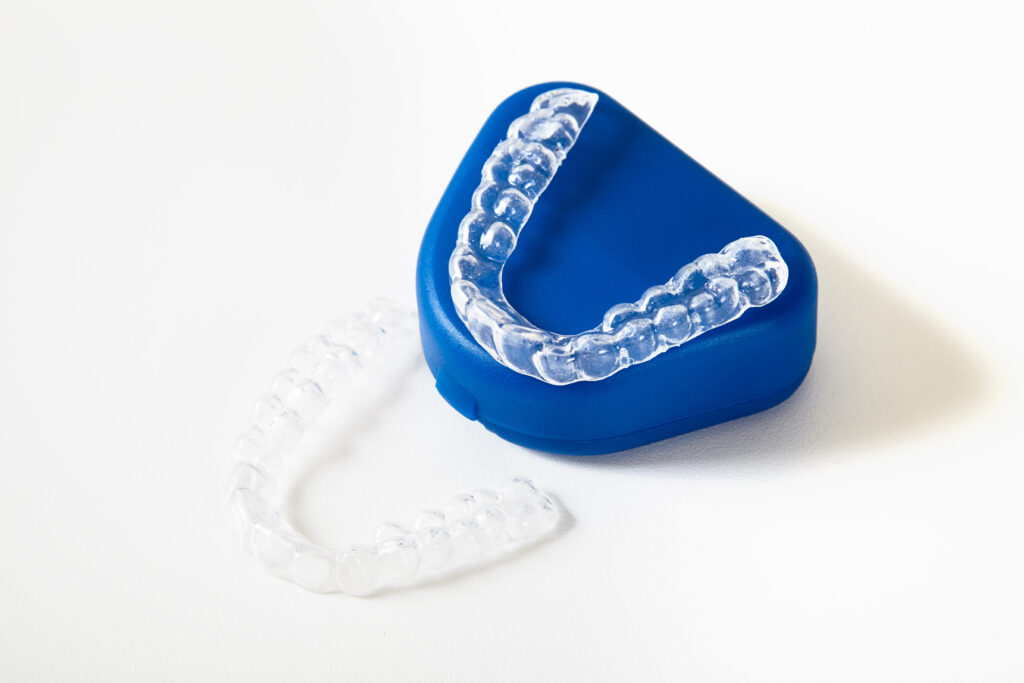
Many of us struggle with teeth alignment issues, such as lower teeth jutting out or insufficient space in the mouth. These conditions can stem from various factors, including genetics, accidents, or habits like mouth breathing and thumb-sucking—especially common in children. Fortunately, with the help of modern dentistry and treatments like Invisalign in Farmington Hills, MI, these issues can be effectively addressed, allowing you to enjoy a healthy, beautiful smile with confidence.
It is essential to address teeth alignment issues early on because they can worsen over time. Orthodontic treatments such as braces, clear aligners, and retainers can help straighten teeth. Invisalign is a popular option, especially among those concerned about the appearance or discomfort of braces.
What orthodontic issues can Invisalign treat?
Invisalign is a versatile solution for various dental misalignment issues:
- Overcrowding: Insufficient space for teeth causes overcrowding, resulting in misalignment. Invisalign’s custom-made, clear aligners gradually guide teeth into their correct positions, creating the necessary space without braces.
- Spacing Issues: Spacing issues arise from gaps between teeth. Invisalign strategically closes these gaps, ensuring a more uniform and aesthetically pleasing alignment.
- Overbites and Underbites: Common misalignment issues like overbites or underbites are corrected by Invisalign using gentle and controlled pressure, which helps to reposition the teeth for improved aesthetics and functionality.
- Crossbites: Crossbites occur when the upper and lower teeth do not align properly. Invisalign’s aligners guide the teeth into the correct position, improving the smile’s function and appearance.
For how long should I wear my Invisalign aligners?
1. Recommended Wear Time:
Ideally, you should wear your Invisalign aligners for 20 to 22 hours daily to ensure consistent pressure on the teeth and aid their gradual movement toward proper alignment.
2. Transitioning Between Aligners:
It is important to consistently wear your new set of aligners when transitioning to the next stage of your treatment plan. This phase typically lasts one to two weeks per set, which helps your teeth adjust to the new aligners and promotes steady progression toward alignment.
3. Orthodontic Adjustments:
Sometimes, changes in your treatment plan may impact the duration of wearing each set of aligners. This may involve extending the wear of specific aligners to accommodate changes in treatment or ensure optimal progress.
4. Personalized Responses:
Everyone’s teeth respond differently to aligners. Due to individual teeth movement patterns, some aligners may require different wear times for optimal results.
What are the advantages of Invisalign over traditional braces?
Compared to conventional braces, Invisalign is a more convenient orthodontic solution. Its clear aligners are nearly invisible and offer a discreet alternative for individuals concerned about the appearance of braces. Unlike fixed braces, Invisalign aligners are easily removable, simplifying mealtimes and oral care routines.
These customized aligners reduce discomfort associated with metal brackets; Invisalign’s transparent design and removable features make it user-friendly, aesthetically pleasing, and adaptable, appealing to those seeking a more inconspicuous approach to orthodontic treatment.
Daily Maintenance Tips for Invisalign
Maintaining optimal oral hygiene during your Invisalign treatment is crucial for its success. Consistent and effective home care contributes significantly to the desired outcome. Here are a few tips you can incorporate into your daily life:
- Aligner Cleaning: Clean aligners daily with a soft toothbrush and water to prevent bacterial buildup. Avoid toothpaste, as it can scratch the aligners.
- Oral Hygiene Routine: Brush your teeth twice daily and floss at least once daily to reduce the risk of plaque buildup and cavities.
- Aligner Storage: Properly store your aligners when not in use to prevent loss or damage.
- Regular Check-ups: Schedule routine check-ups with our dentist to check the treatment’s progression and address any possible concerns. These check-ups ensure that the Invisalign treatment stays on course and allows for any necessary adjustments.
Invisalign is a good choice for people with mild to moderate alignment issues, as it is discreet and convenient. However, if you have more complex alignment problems, traditional braces may be a better option. Invisalign is suitable for both adults and teenagers who are committed to wearing aligners consistently and following care guidelines. If you are unable to commit to wearing aligners for the prescribed duration, traditional braces may be a more practical choice.

 This Summer
This Summer  $1,000 OFF Braces!
$1,000 OFF Braces! 